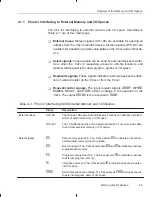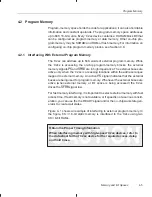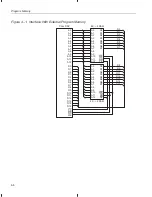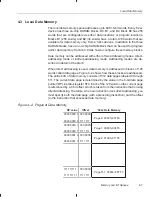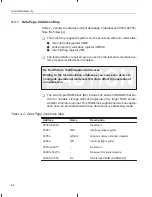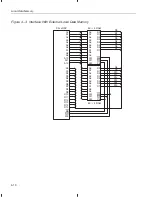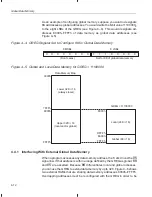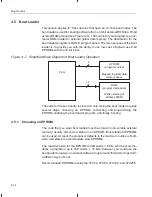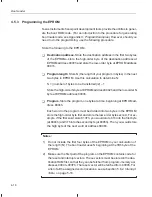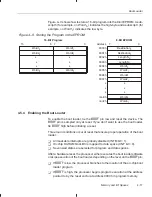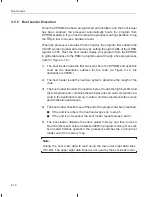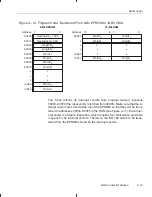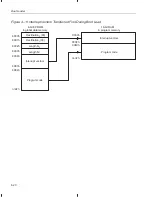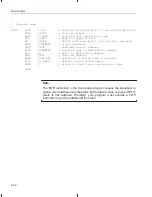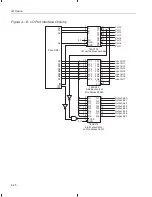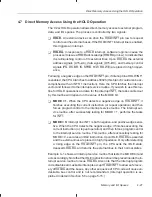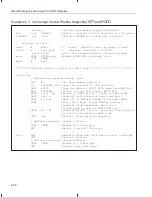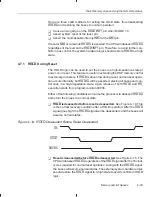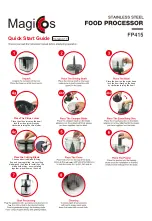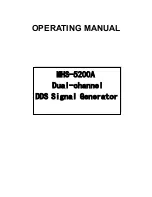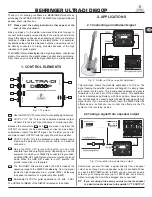
Boot Loader
4-14
4.5
Boot Loader
This section applies to ’C2xx devices that have an on-chip boot loader. The
boot loader is used for booting software from an 8-bit external ROM to a 16-bit
external RAM at reset (see Figure 4–7). The source for your program is an ex-
ternal ROM located in external global data memory. The destination for the
boot loaded program is RAM in program space. The main purpose of the boot
loader is to provide you with the ability to use low-cost, simple-to-use 8-bit
EPROMs with the 16-bit ’C2xx.
Figure 4–7. Simplified Block Diagram of Boot Loader Operation
’C2xx
16
RAM
(program destination)
Written starting at
address 0000h
8
EPROM
(program source)
Mapped in global data
memory space
The code for the boot loader is stored on chip. Using the boot loader requires
several steps: choosing an EPROM, connecting and programming the
EPROM, enabling the boot loader program, and finally, booting.
4.5.1
Choosing an EPROM
The code that you want boot loaded must be stored in non-volatile external
memory; usually, this code is stored in an EPROM. Most standard EPROMs
can be used. At reset, the processor defaults to the maximum number of soft-
ware wait states to accommodate slow EPROMs.
The maximum size for the EPROM is 32K words
×
8 bits, which accommo-
dates a program of up to 16K words
16 bits. However, you could use the
boot loader to load your own boot software to get around this limit or to perform
a different type of boot.
Recommended EPROMs include the 27C32, 27C64, 27C128, and 27C256.




